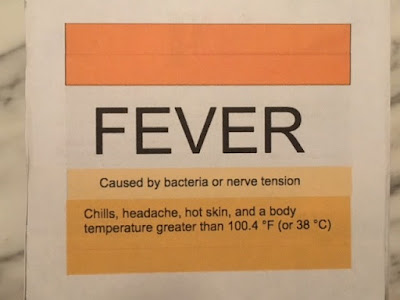Water You Doing?
This past unit was called 4.5 billion, and taught us the importance of water and its chemical properties. We went on a field experience last week to the water purification plant down by Navy Pier. There we learned more about water and how the plant filters it so it's drinkable. Our AP is to make our own homemade water filter.
The materials I used are; gravel, a plastic Coke bottle, a knife, activated charcoal, coffee filter, a large cup or mug, and a hammer and a nail. Most of these materials I was able to find around the house, but some of them I had to go out and buy, like the activated charcoal and the coffee filters.
The big question that I came up with was: What can we do to filter water efficiently and cheaply, lowering its pH level? My hypothesis is that the water will run through my filter, and come out cleaner at the other end.
The materials I used are; gravel, a plastic Coke bottle, a knife, activated charcoal, coffee filter, a large cup or mug, and a hammer and a nail. Most of these materials I was able to find around the house, but some of them I had to go out and buy, like the activated charcoal and the coffee filters.
These are the steps I took to make my filter, and people could also use this to make their own filters out of the materials mentioned above:
- Gather the materials.
- Cut about 1 inch off the bottom of the bottle.
- Use a hammer and nail to punch holes in the cap of the bottle.
- Put the coffee filter over the mouth of the bottle and tighten the cap over it.
- Put the bottle upside down in a large cup or mug (I used a flower vase).
- Fill the bottom third with activated charcoal.
- Fill the middle third with sand.
- Fill the rest of the bottle with gravel, but leave some space at the top so the water doesn’t overflow.
 |
| This is a rough sketch of my water filter. WH (2017) Water You Doing? |
My filter works by having multiple layers for the water to trickle down through, and those layers of sand, gravel, and charcoal will be able to catch bacteria and other bad things in the water. It has a hole in the bottom so the filtered water can go down into a cup.
| This is my water filter. WH (2017) Water You Doing? |
The source of the water was Adam’s (our teacher for this unit) bathtub, and the pH before was 5.5, and the pH after was 6.2. Before it went through my filter, the water looked muddy and gross, and smelled similarly to fresh mud, right after it had rained. After it went though the filter, the water looked clean and fresh, but smelled kind of like charcoal.
The H+ levels in the water before it went through the filter were 0.0000031, 10^-5.5, or 3.1 x 10^-6. The H+ levels afterwards were 0.000000631, 10^-6.2, or 6.31 x 10^-7. My before water had 5.011 times the H+ as the after.
I can conclude that my water filter did indeed lower the pH of the water that ran through it and it did come out cleaner after it had gone through the filter. This proves my hypothesis to be correct. I learned from this Action Project that it isn’t very easy to make a proper, working water filter out of everyday items, but it’s possible and it’s something that anyone can do.


Comments
Post a Comment